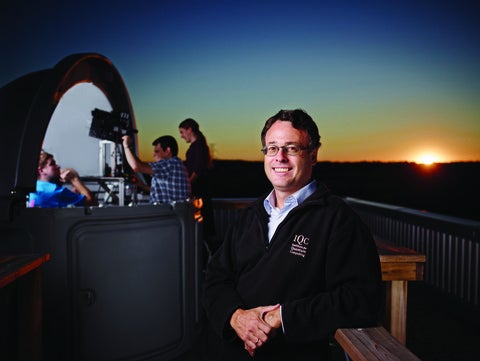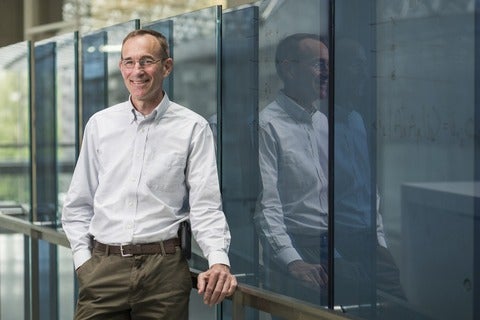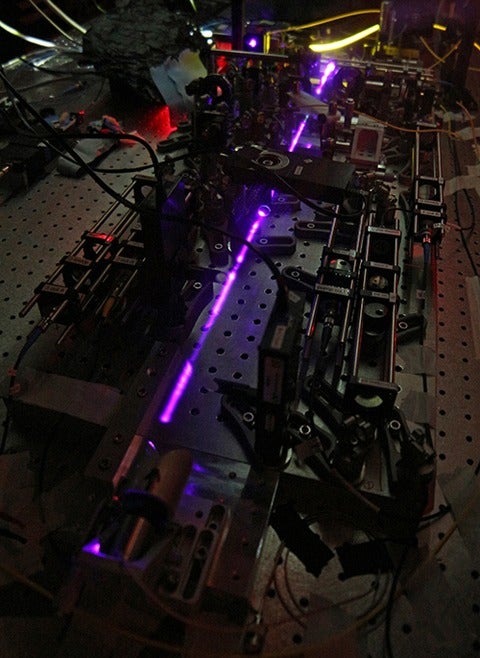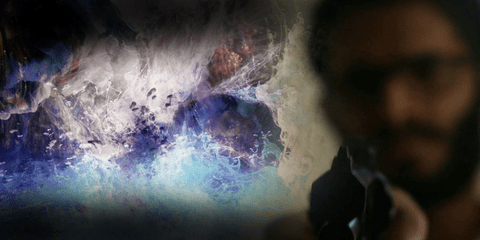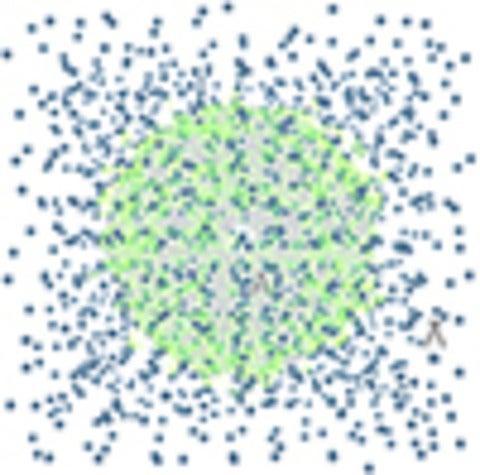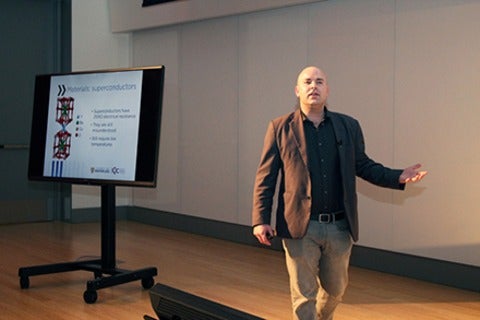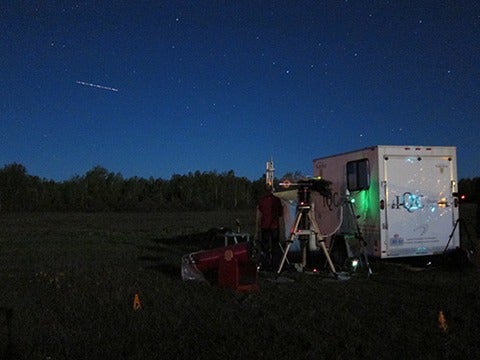Canada’s support will help Waterloo launch quantum research into space
Canada is headed for the quantum space race with a project from the University of Waterloo.
Waterloo’s Quantum Encryption and Science Satellite (QEYSSat) initiative, announced as part of the federal government’s recent investment into space-related emerging technologies, joins a global race to quantum cybersecurity via satellites.
